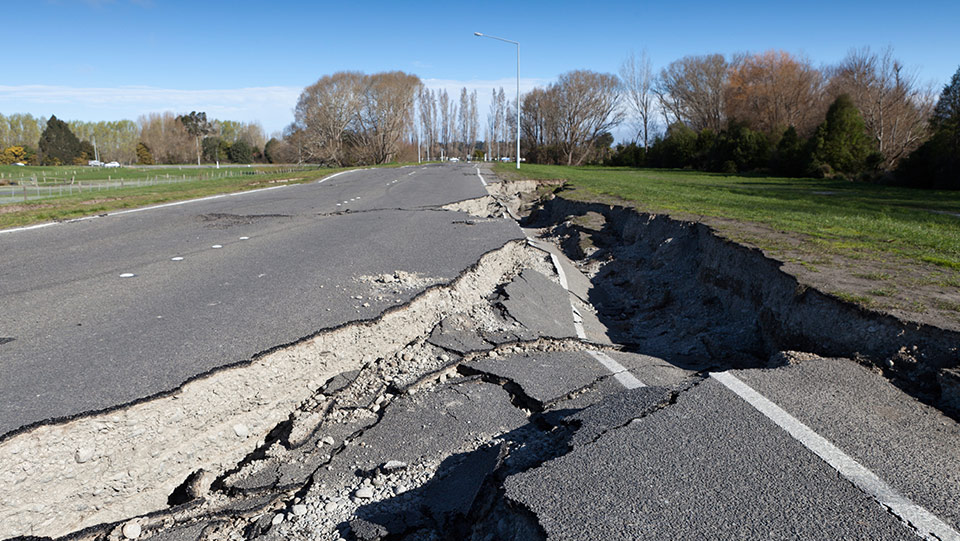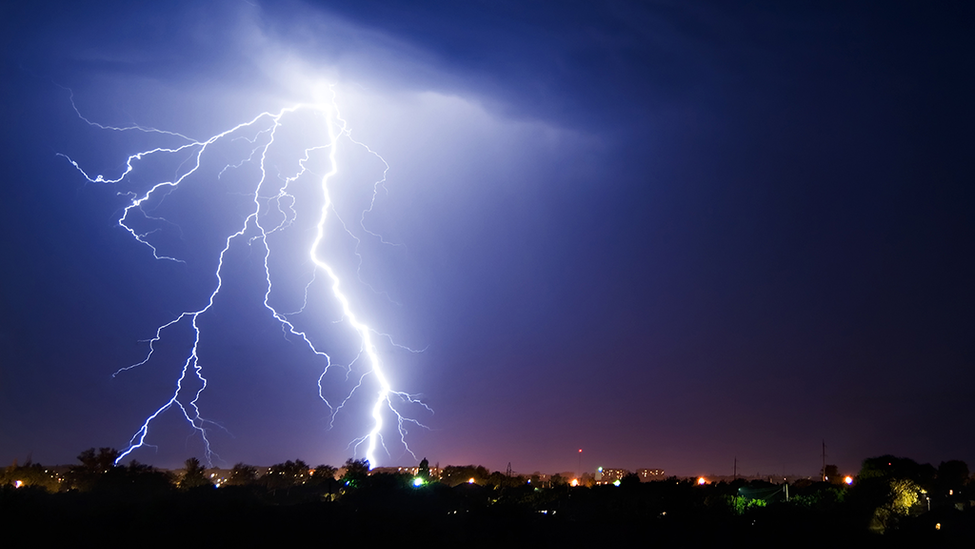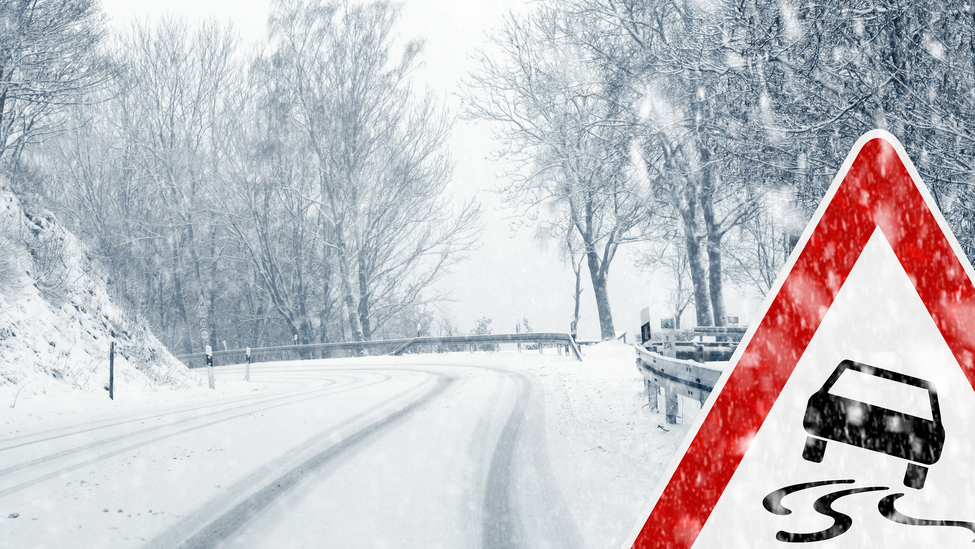Identifying Hail Damage to Your Roof

[MUSIC PLAYING]
(DESCRIPTION) Text: Are you prepared for a hailstorm? The exterior of a nice home in calm weather.
(DESCRIPTION)
Text: Before the storm hits, check your eavestroughs
We see a character standing on a ladder inspecting the eavestroughs
(DESCRIPTION)
Text: …for debris to prevent water damage. The character is removing a stick from the eavestrough.
(DESCRIPTION)
Text: Ensure any roof repairs are addressed.
The character is securely working on the roof, repairing previous damages.
(DESCRIPTION)
Text: Secure patio furniture…
The character is placing a patio chair inside the home, and another chair, a table, and a large umbrella are visible.
(DESCRIPTION)
Text: …and inspect trees or branches close to your home. The character is standing in the yard inspecting a tree.
(DESCRIPTION)
Text: Move vehicles into the garage or use a hail protector cover. A car is pulling into the open garage.
(DESCRIPTION)
Text: During the storm, seek shelter in a safe, secure building. The exterior of a nice home, hail is now falling outside.
(DESCRIPTION)
Text: Stay away from windows and skylights
The character is sitting on a couch inside the home, a television and other furniture are visible.
(DESCRIPTION)
Text: If you’re driving, find a place to safely pull over. A car is pulling underneath the canopy at a gas station.
(DESCRIPTION)
Text: After the storm, document the damage as soon as possible. The character is standing outside, looking at a hole in a window.
(DESCRIPTION)
Text: Take photos or videos and keep records..
The character is using their phone to take a picture of the hole in the window.
(DESCRIPTION)
Text: …to help simplify your insurance claim experience.
A close up picture of a hand holding a phone, an email is visible on the screen with an attached folder named “home damage.”
(DESCRIPTION)
Text: Stay safe! The exterior of the home.
(DESCRIPTION)
Travelers logo, text: For more safety tips, visit: travelerscanada.ca
Do you know that during a hailstorm more than just your vehicles are potentially vulnerable to damage and future repairs? When hail hits, it can damage the roof or covering of your home as well as other personal property. Although hailstorms can be destructive, the amount of damage can vary greatly. Following are some factors that affect the type and degree of damage that may be impacted by a hailstorm, as well as a guide on how to identify hail damage to different types of shingles and roofing materials.
- Wind – During a hailstorm, wind direction and wind speed can vary. Changes in wind conditions can affect the location and severity of hail impacts.
- Size and density – The size of the hailstones can affect the degree of damage, if any, to your property. A hailstone can be as small as a pea or as large as a softball. Most hailstones do not have smooth edges, which can impact the type of damage they cause.
- Building materials – Building materials absorb hail impacts differently. For example, hail can cause dings in aluminum siding, gutters or asphalt shingles, whereas it can crack vinyl siding or wood shakes. Alternatively, softball-sized hailstones can be dense enough and strong enough to puncture a roof. Additionally, the age and condition of a roof could affect the degree of damage.
- Barriers – The position of neighbouring structures and natural barriers, like tree cover, landscaping, fences or adjacent homes, can reduce the ability of hail to cause damage.
What does hail damage to your roof look like?
Shingles can react differently when struck by hail. As an example, hail damage to asphalt and composition shingles can look very different than hail damage to wood shingles. It is important to know the different effects of the damage to properly identify whether or not you have roof damage from hail. When safely observing hail damage from the ground or through a second-story window or balcony, look for the following:
Asphalt and composition shingles hail damage
- Random damage with no discernable pattern.
- Hail hits that are black in colour.
- Loss of granules, which may expose the roof felt.
- Asphalt and/or mat that appears shiny.
- Hail hits that are soft to the touch, like the bruise on an apple.
Wood shingles hail damage
- Random damage with no discernable pattern.
- A split in the shingle that is brown/orange in colour.
- A split in the shingle that has sharp corners and edges.
- A split in the shingle that has little to no deterioration at the edges.
- Impact marks or dents along the splits.
There are many other types of damage to shingles that can be mistaken for hail damage. For example, exposure to inclement weather and sunlight makes shingles brittle and gives them an aged appearance. This type of damage is normal wear and tear of shingles, which is sometimes misidentified as hail damage. Other types of normal wear and tear may include blistering, cracking, granule loss, flaking and algae. Manufacturing defects and mechanical imperfections in shingles can also be mistaken for hail damage.
If you believe your home has sustained damage from hail, call your broker or Travelers claim professional to discuss possible next steps.



